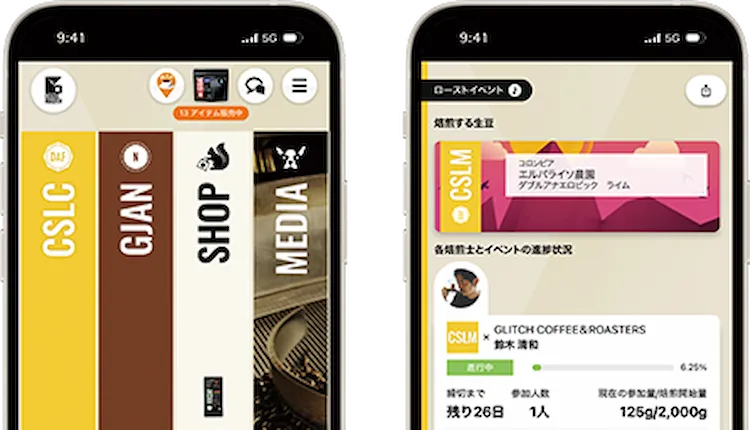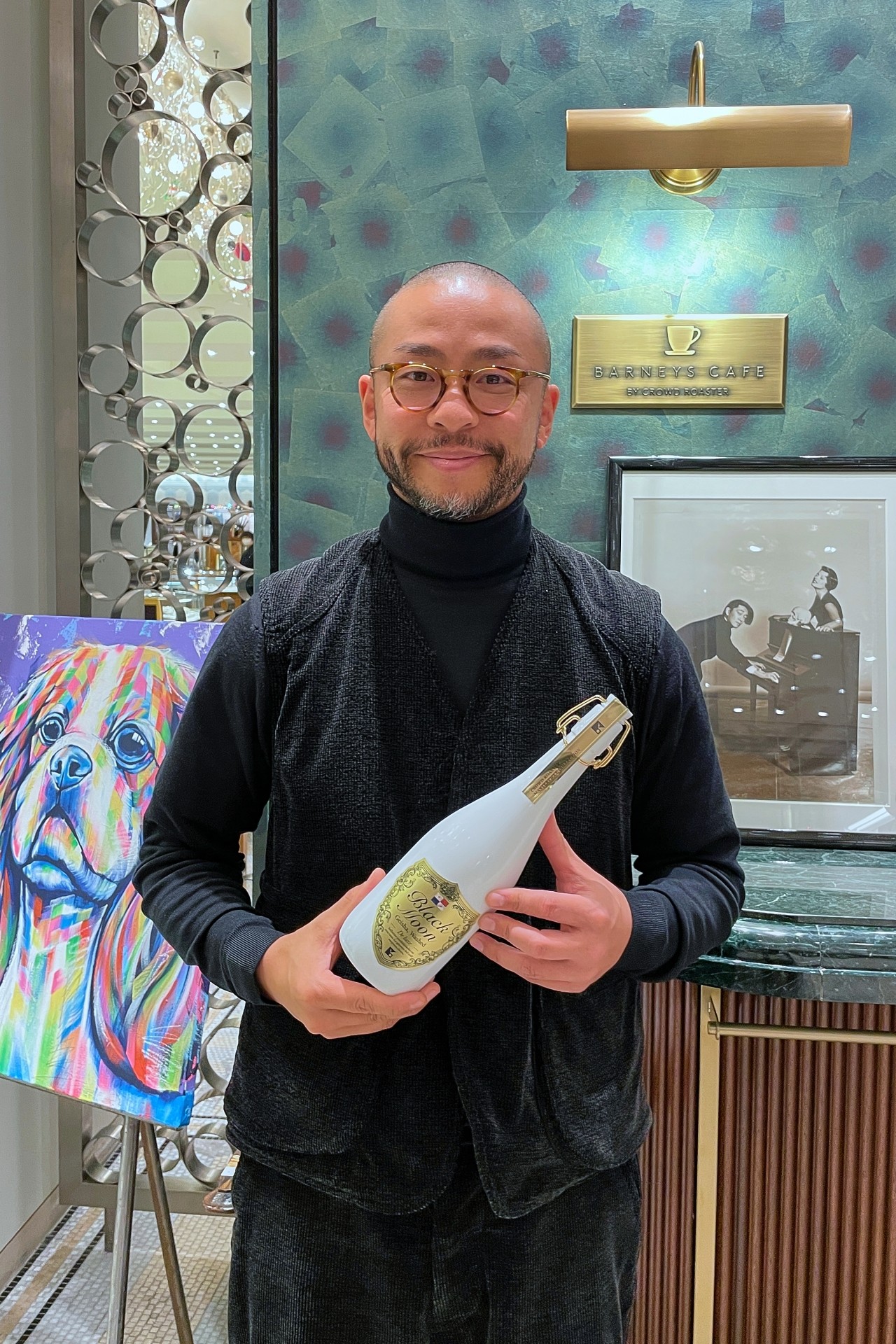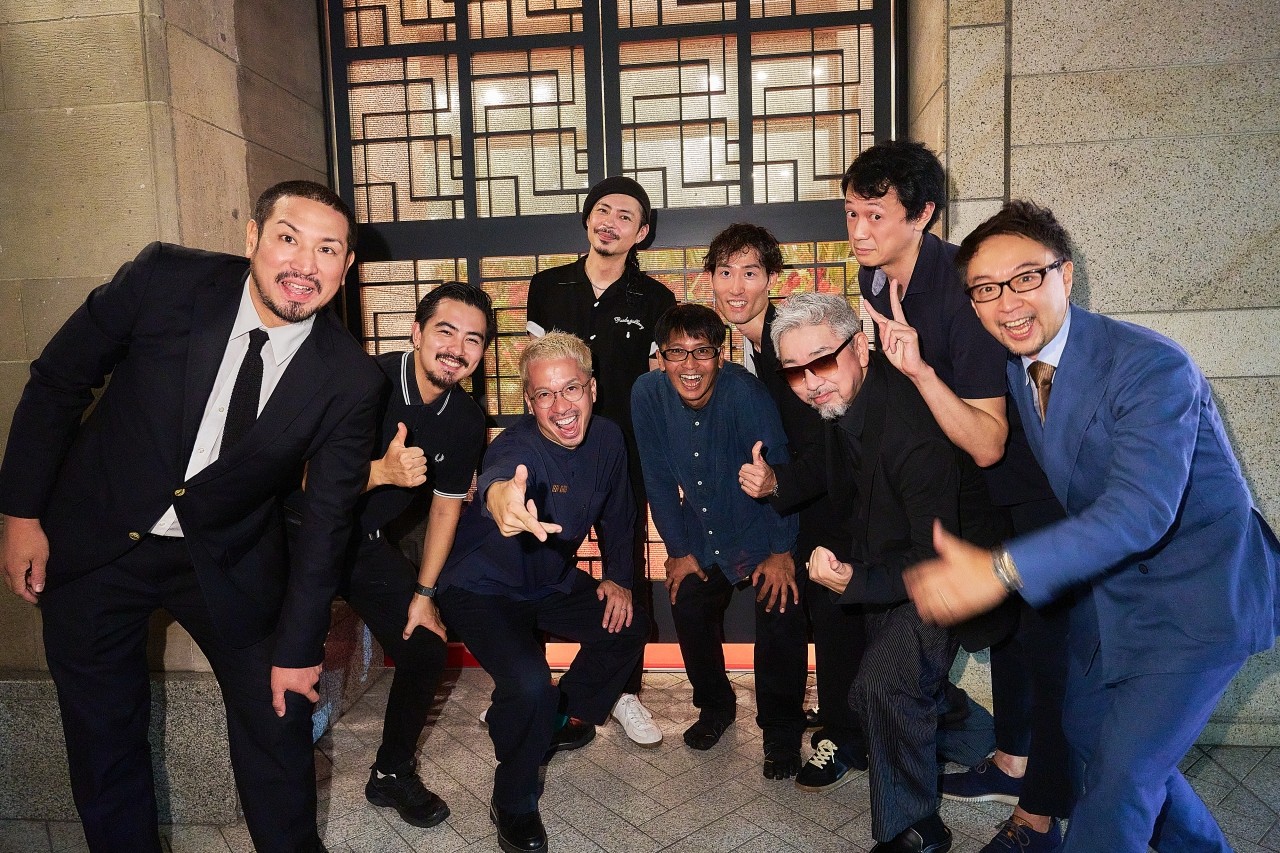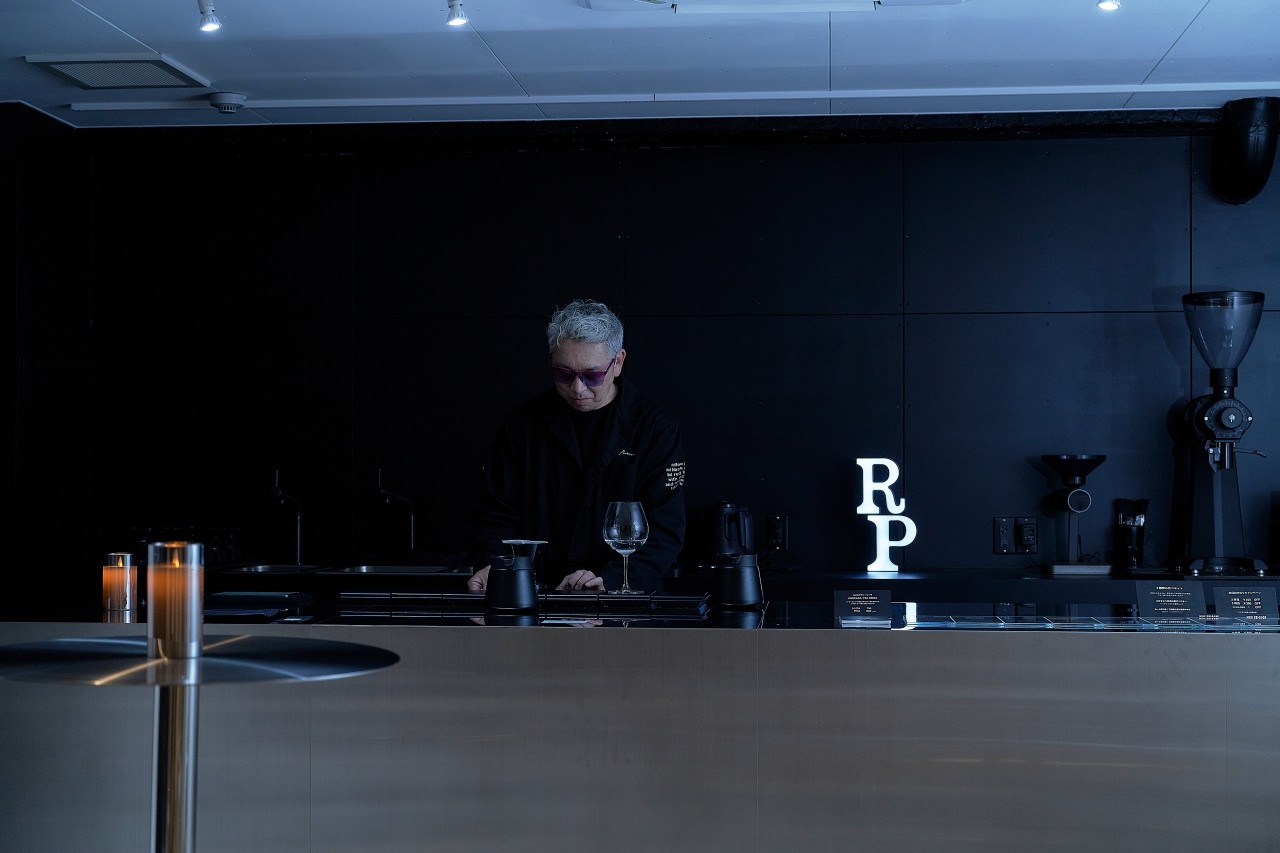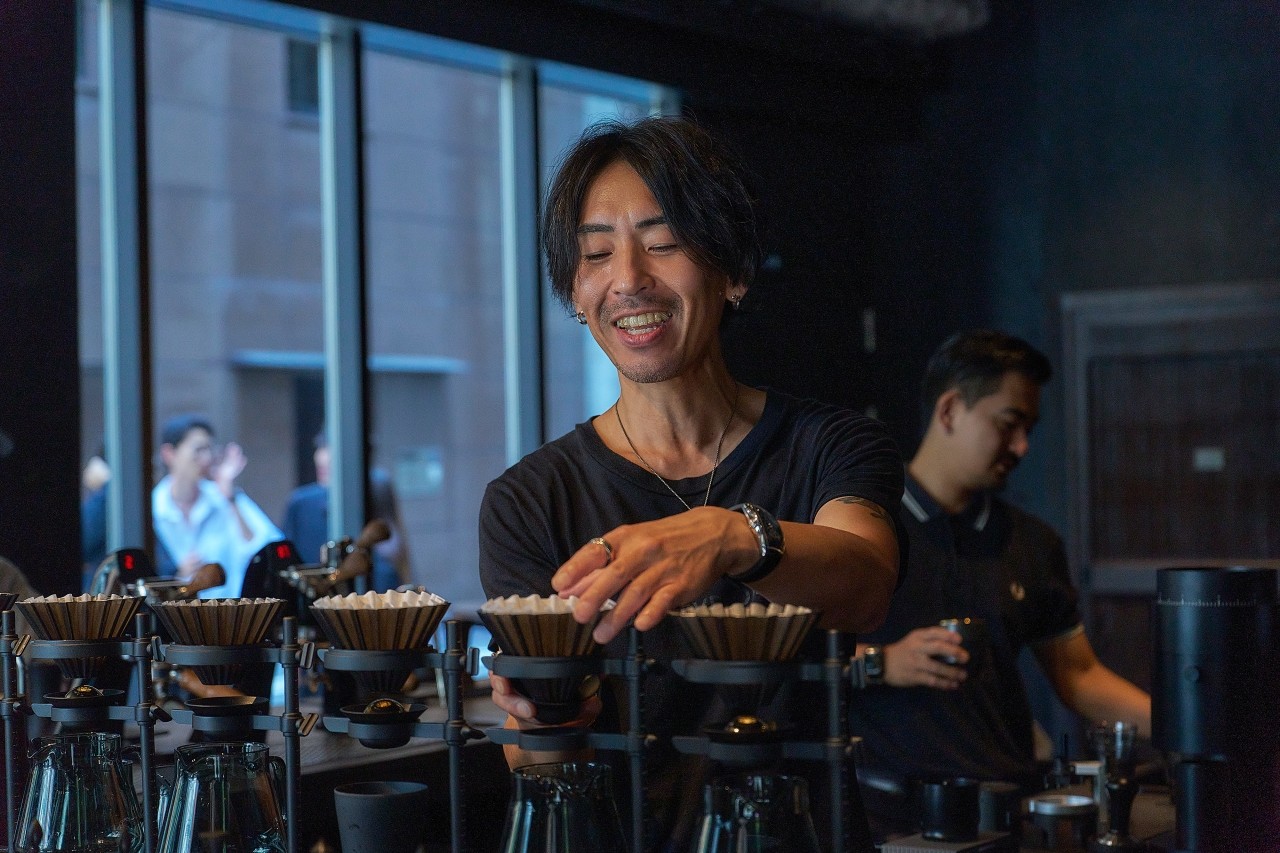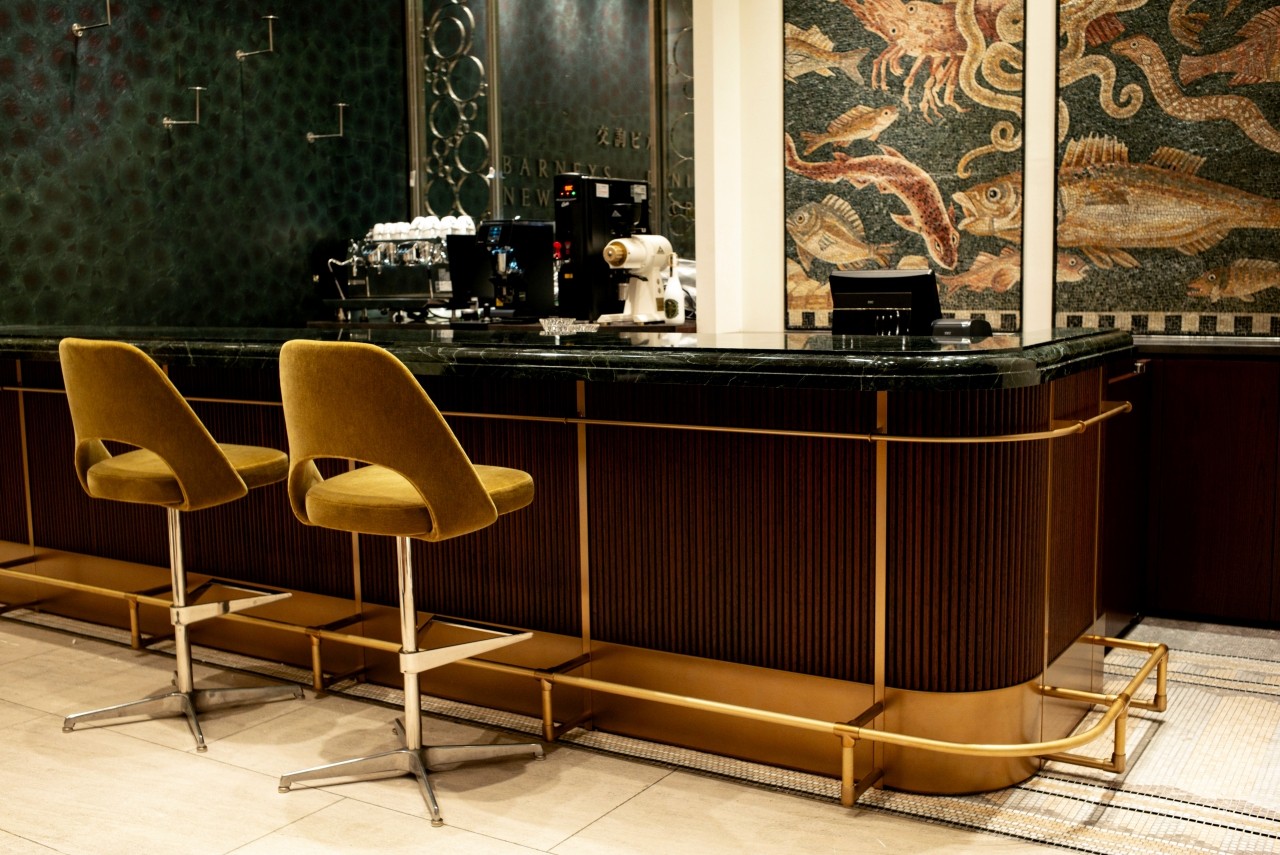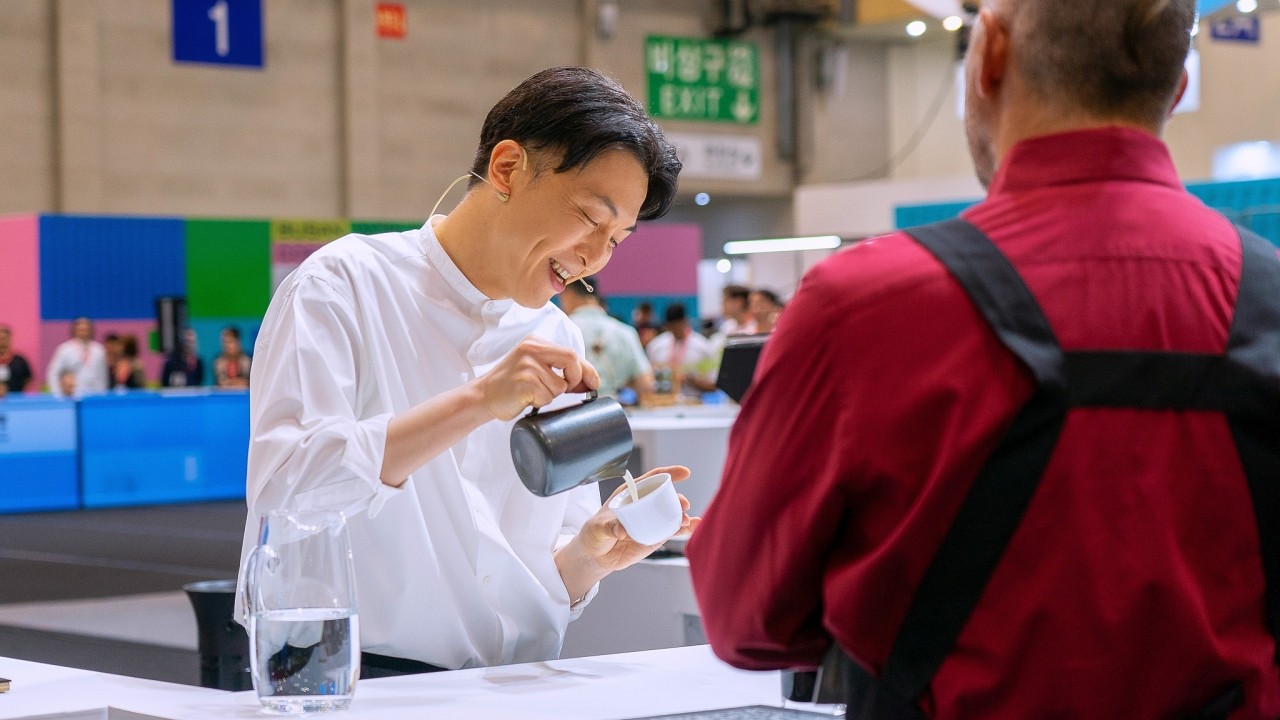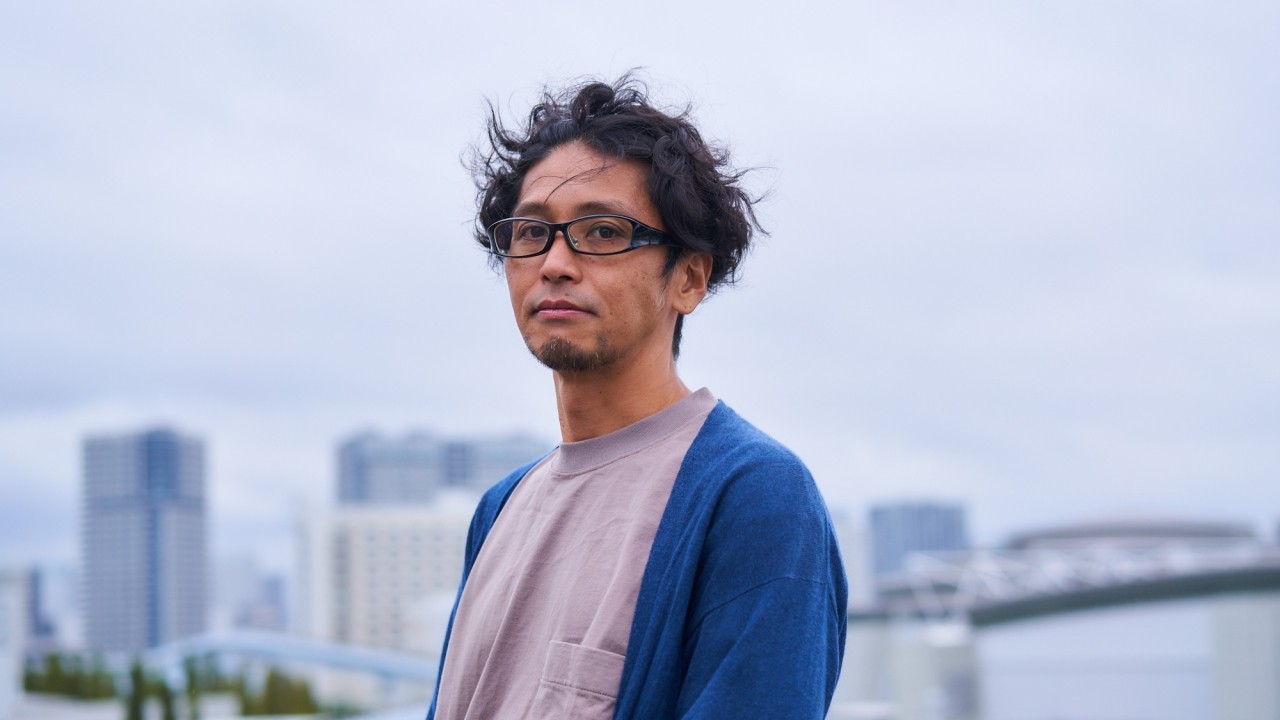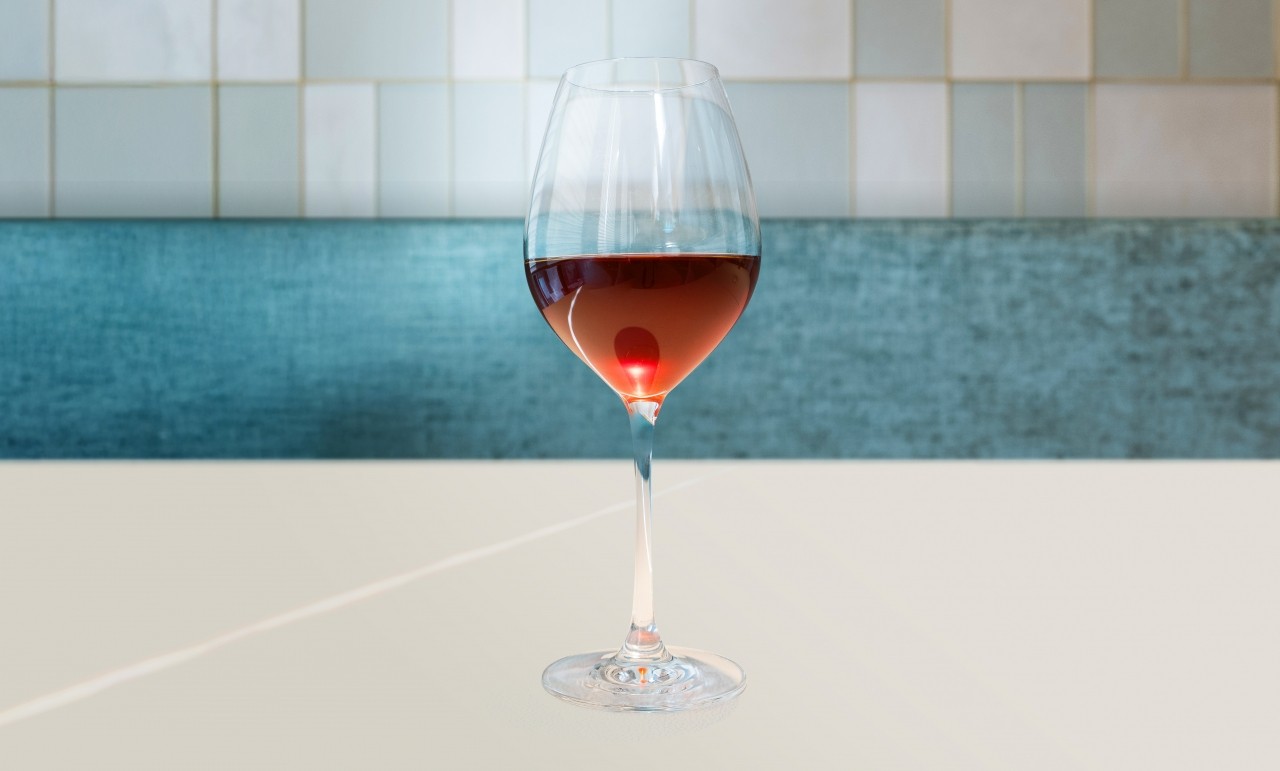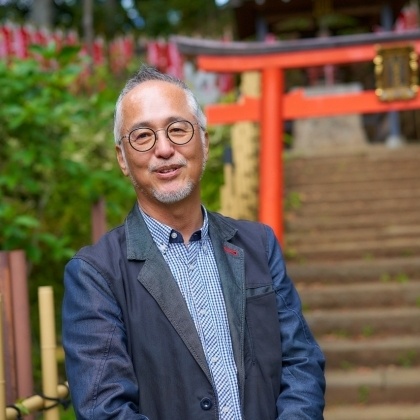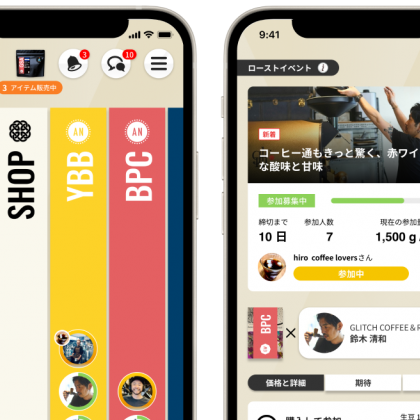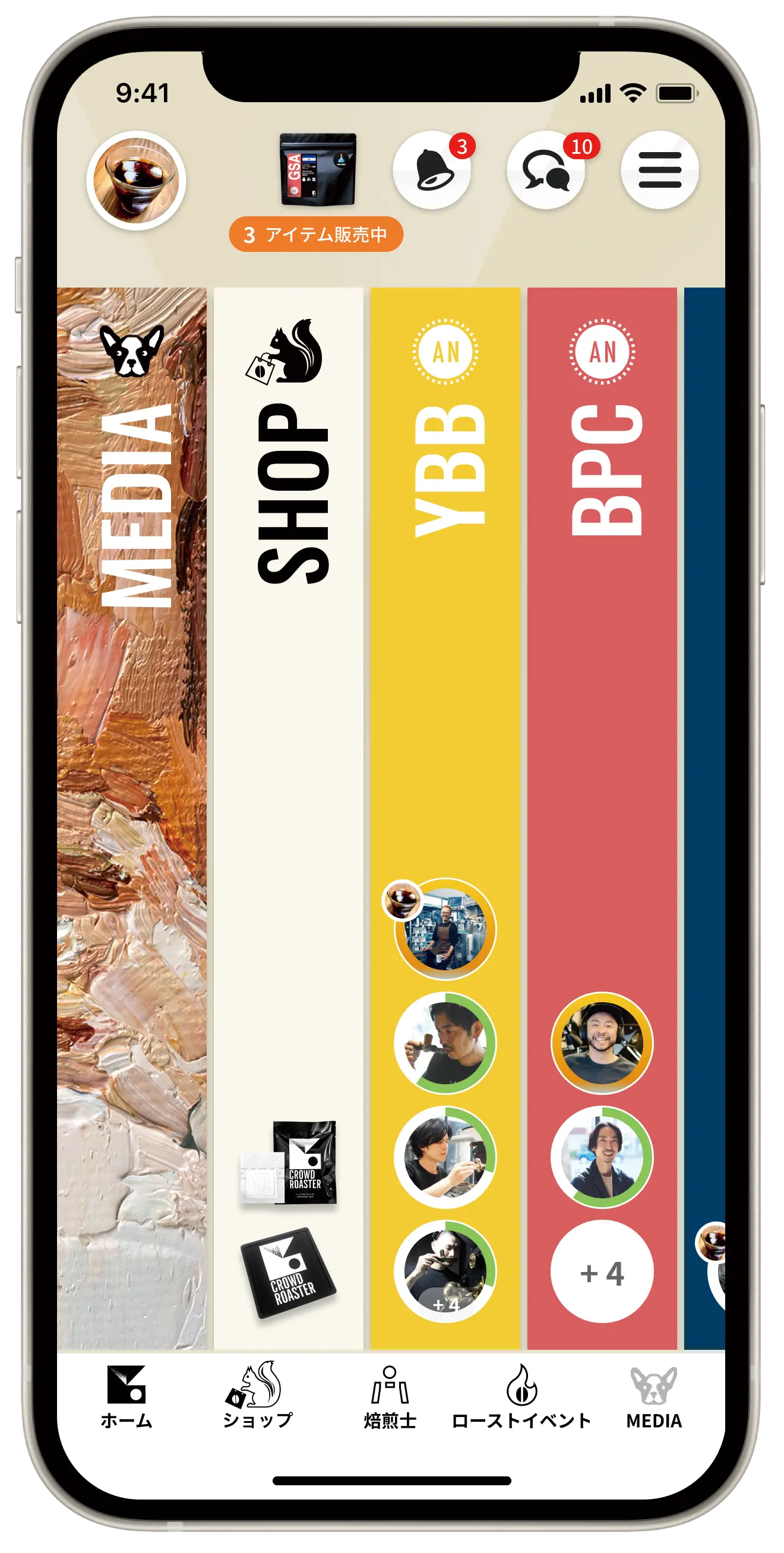“I want to raise the standard of Japanese espresso culture” Interview with Noboru Ueno, representative of the Japan Latte Art Association (Part 2)
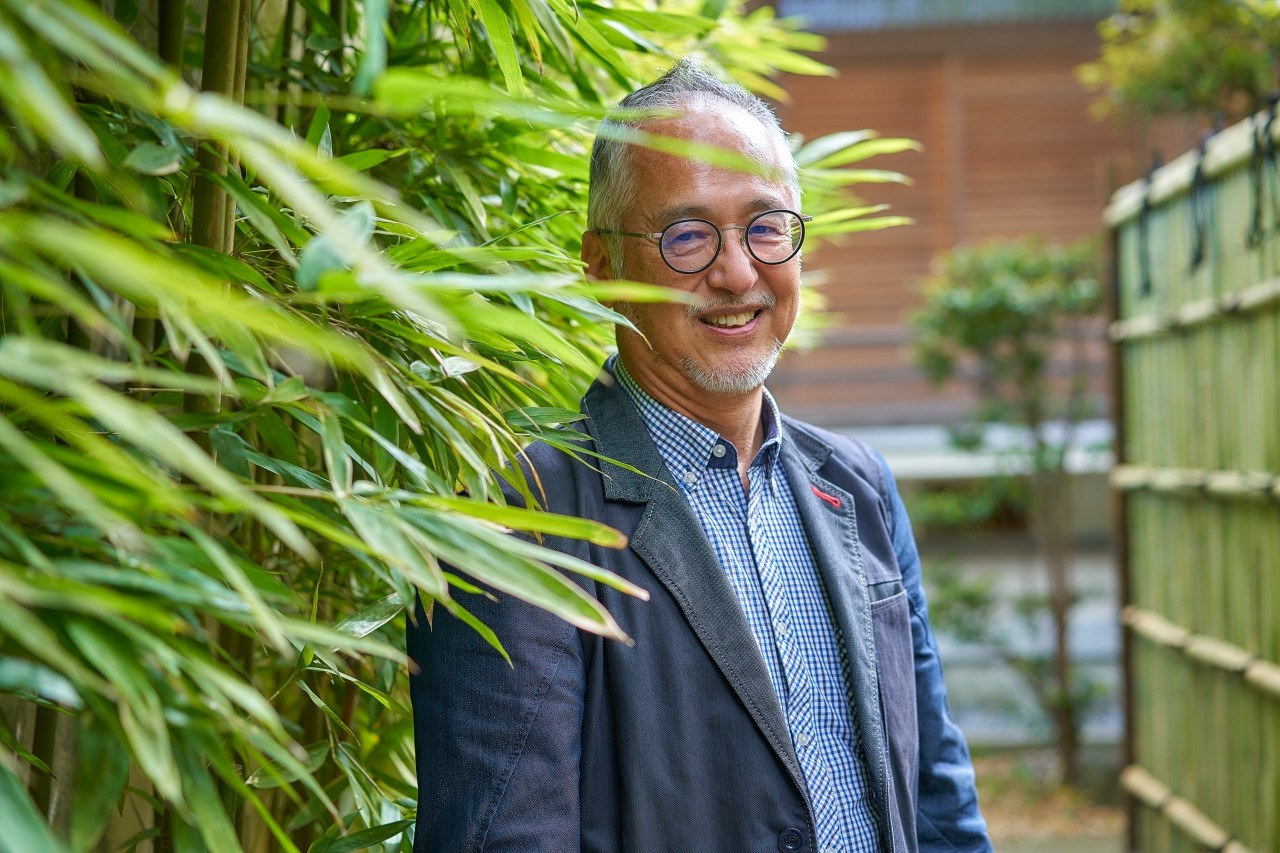
Noboru Ueno, representative of FBC International and representative director of Japan Latte Art Association. Continuing from the first part, in the second part we asked him about the Latte Art Grand Prix and his message to future baristas.
What Japanese baristas lack
----In April of this year, the world latte art competition "Free Pour Latte Art Grand Prix Tokyo 2023" was held. This is the first time in three years that the tournament has been held, but how was it again?
Mr. Ueno (titles omitted below): In the end, the rankings were Thailand, South Korea, Taiwan, and Japan, but the overall impression is that South Korea is definitely ahead of the pack. As I have said before, Taiwan and Thailand followed suit, and my impression remains that Japan is in the same group as Hong Kong, Vietnam, and Malaysia.
----I wish the Japanese players had worked a little harder.
Ueno: That's right. Although latte art is an individual competition, everyone in Korea, Taiwan, and Thailand works as a team, and as was the case during the three days of this tournament, they regularly work hard and exchange information on the techniques they have acquired. Japan is still lagging behind in this regard.
----So Japan is fighting its own battles.
Ueno: I think there is a slight difference in the basic technology. At a seminar, I requested a Korean world champion barista, Ampol, to draw a lot of detailed leaves on a cup, but there are very few people in Japan who can do that.
Some people think that Japan's fourth place finish means they are not that far behind, but I saw it as a three-year period in which the gap widened.
Mr. Ueno (titles omitted below): In the end, the rankings were Thailand, South Korea, Taiwan, and Japan, but the overall impression is that South Korea is definitely ahead of the pack. As I have said before, Taiwan and Thailand followed suit, and my impression remains that Japan is in the same group as Hong Kong, Vietnam, and Malaysia.
----I wish the Japanese players had worked a little harder.
Ueno: That's right. Although latte art is an individual competition, everyone in Korea, Taiwan, and Thailand works as a team, and as was the case during the three days of this tournament, they regularly work hard and exchange information on the techniques they have acquired. Japan is still lagging behind in this regard.
----So Japan is fighting its own battles.
Ueno: I think there is a slight difference in the basic technology. At a seminar, I requested a Korean world champion barista, Ampol, to draw a lot of detailed leaves on a cup, but there are very few people in Japan who can do that.
Some people think that Japan's fourth place finish means they are not that far behind, but I saw it as a three-year period in which the gap widened.

----The same goes for technology, and Japan still has a long way to go in areas where teams, players, communities from other countries, and baristas can work together to improve themselves.
Ueno: Ever since barista Hiroshi Sawada became the first champion at the American competition in 2008, the latte art craze has spread in Japan, and a Japanese won the first competition in 2014, but at that time, the so-called "flowing milk" The Japanese had an exclusive view of the ``nagashi-kei,'' and the ``nake-kei,'' in which milk was placed on top and animals were drawn on it. Latte art was when you poured milk and drew something like a single stroke.
However, the ``putting system'' cannot be achieved unless the ``flowing system'' is also established. In fact, it is a higher-grade technology, but I think that by looking at it exclusively and not making any effort, we have suddenly become far behind Korea in particular.
I would like young players to go to more tournaments overseas and challenge themselves in an away environment.
---I think there may be less awareness in Japan of making things something that you can actually use, rather than something that will be used for technology.
Ueno: For example, there is a Japanese child who says that the handle of a 6-ounce, 8-cm diameter cup has run out. If you're an artist, you can create amazing art even on a single New Year's postcard. I consider an artist to be someone who can create originality and their own signature designs, even if they are not good at drawing.
The winner of this contest, Kitty Pitch barista from Thailand, also went to the zoo every day to think about what kind of motif would become her latte art.
----It's amazing to go see animals every day.
Ueno: The reason I go that far is of course the prize money, but more than that, I want to go back to my hometown and report that I won in Tokyo. Since espresso machines are available at fine local cafes and hotels, you can be welcomed as the chief barista there. There's a difference in awareness about that.
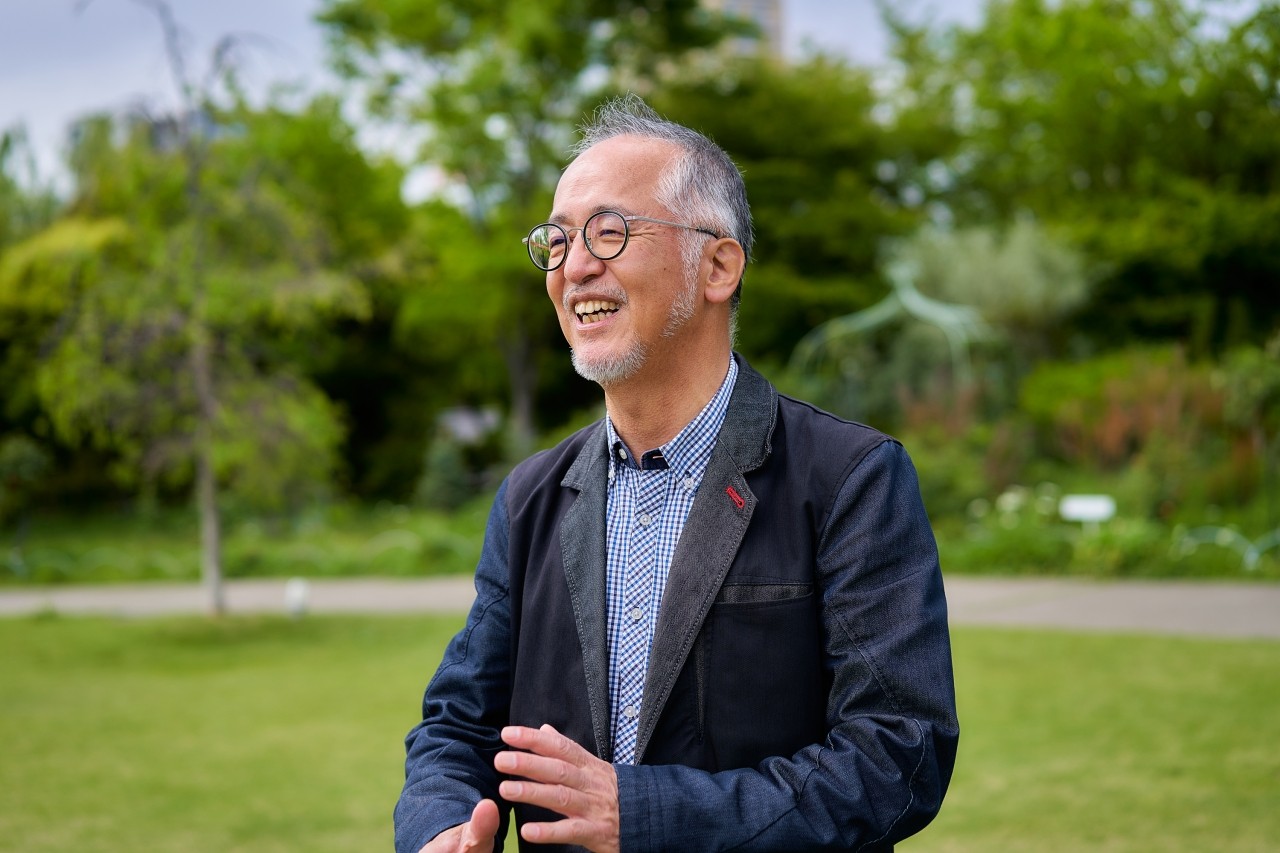
----It also leads to work.
Ueno: Also, what Japanese people lack the most is originality. Isn't this where you create your own signature?
When it comes to art, it's like, "I've never seen this before." There were nearly 400 qualifying entries this time as well, and all of them were naturally good. The first thing that leaves an impression on me is ``I've never seen this before,'' rather than who is better at it. I think that's art. I'm not talking about superior realism or anything like that, but artists are different from others, even when it comes to contemporary artist Yayoi Kusama.
So I can't make the decision alone, but I think one way to encourage growth is to make sure that past works that have been announced at conventions or on SNS cannot be shown in public.
The aforementioned world champion barista Ampol also gives us some tips.
He is the best at latte art in the galaxy and can draw just about anything now, but it was in 2011 that he came up with Indian designs, which he is good at, and back then the quality was poor. However, in 2011, he thought that this design was good, and after he started drawing it, he started changing the parts that didn't work. If I find a motif that I like, I can't do it all at once, so I take on the challenge and make the lines finer and complete it.
----It's becoming more and more sophisticated.
Ueno: Young people say that they have run out of designs, but if that's the case, why are new songs being released? It's true that there are some phrases that are somewhat similar, but I think it's okay to combine them instead of creating them from scratch.
----From that perspective, it is a very telling story that this year's winner from Thailand went to the zoo every day.
Ueno: There are a lot of flowers even if you just walk around. I think it's beautiful no matter who sees it, and I think it's a good idea to use flowers as a motif and finish it all the way through, even if it's difficult at first.
The barista himself is also an artist.

----In order to improve the level of latte art in Japan, the Latte Art Association must put more effort into it.
Ueno: I think Japan has improved its level. That's the reason I'm thinking of taking the skill certification exam.
It is true that barista Hiroshi Sawada became the top barista, but I think Japanese people tend to think of what their predecessors have done as their own achievements, and even now we are the best in Asia. I think I'm a latte art artist.
I hope that young baristas around the world will also have an international mindset and be a little more competitive.
----I hope you will improve your skills and be successful overseas.
Ueno: The world is definitely progressing.
The defending champion Laura Barista from South Korea is on another level. I'm making a score sheet like a musical score, and for example, for Rosetta, if you take an 8-ounce cup of milk, you'll do it 4 times, then raise it and then hit it 1, 2, 3, 1, 2, 3, then shake it and hit the cup 1, 2, 3. , 4, 5, 6, 7. Everything has a pattern like this, and the number of times you shake it is fixed, so even if there are some imperfections, the silhouette will be the same.
Until now, Japanese people had never had this kind of thinking. This is the top level in the world today.
Ueno: I think Japan has improved its level. That's the reason I'm thinking of taking the skill certification exam.
It is true that barista Hiroshi Sawada became the top barista, but I think Japanese people tend to think of what their predecessors have done as their own achievements, and even now we are the best in Asia. I think I'm a latte art artist.
I hope that young baristas around the world will also have an international mindset and be a little more competitive.
----I hope you will improve your skills and be successful overseas.
Ueno: The world is definitely progressing.
The defending champion Laura Barista from South Korea is on another level. I'm making a score sheet like a musical score, and for example, for Rosetta, if you take an 8-ounce cup of milk, you'll do it 4 times, then raise it and then hit it 1, 2, 3, 1, 2, 3, then shake it and hit the cup 1, 2, 3. , 4, 5, 6, 7. Everything has a pattern like this, and the number of times you shake it is fixed, so even if there are some imperfections, the silhouette will be the same.
Until now, Japanese people had never had this kind of thinking. This is the top level in the world today.
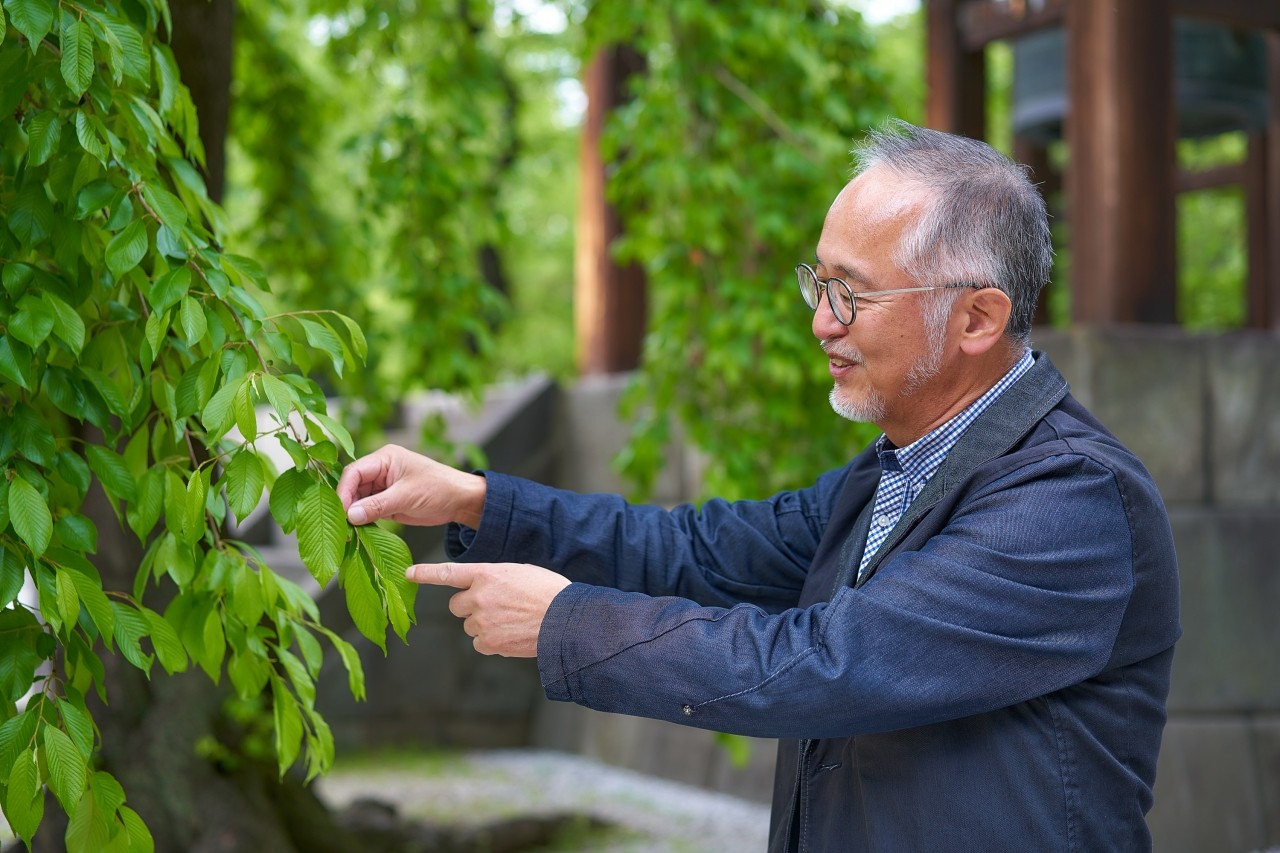
----What do you think baristas should do in the future?
Ueno: Speaking of Japanese people in the world of latte art, I think the ones who keep thinking, "Mr. Ueno, have you seen this? Have you seen this?" I think the ones who keep thinking will become champions in the future. Ampol: I wasn't that good as a barista when I first came to the Tokyo Games, so what's important is the spirit of challenge.
For example, it is better to start by drawing on a round piece of paper or something like that. You can also draw it on a square piece of paper. Everyone overseas thinks about art in the same way, thinking about how to trim it into a circle and what shape to put in it.
In addition to honing your latte art techniques, you will also develop your sensibilities. There are all kinds of ideas floating around, such as going to the zoo, going to see a solo exhibition, going to the art museum in Ueno, and I think you can get an idea of what kind of art is accepted around the world.
----It means that individuality is necessary after all.
Ueno: For example, when you see a Nishikigoi that costs 100 million yen, it's amazing! I think you will feel that. The reason why they cost hundreds of millions even though they are all the same inside is because the combination of colors and the proportion of red are just an afterthought, and when you look at it at a glance, you think it's beautiful.
Shin taken in the rain in New York by Sole Leiter (an American Shin ) is also not logical. I think it looks cool at first glance.
Isn't it an artist's sensibility? So, beyond doing latte art, I would like people to do something to hone their sensibilities.
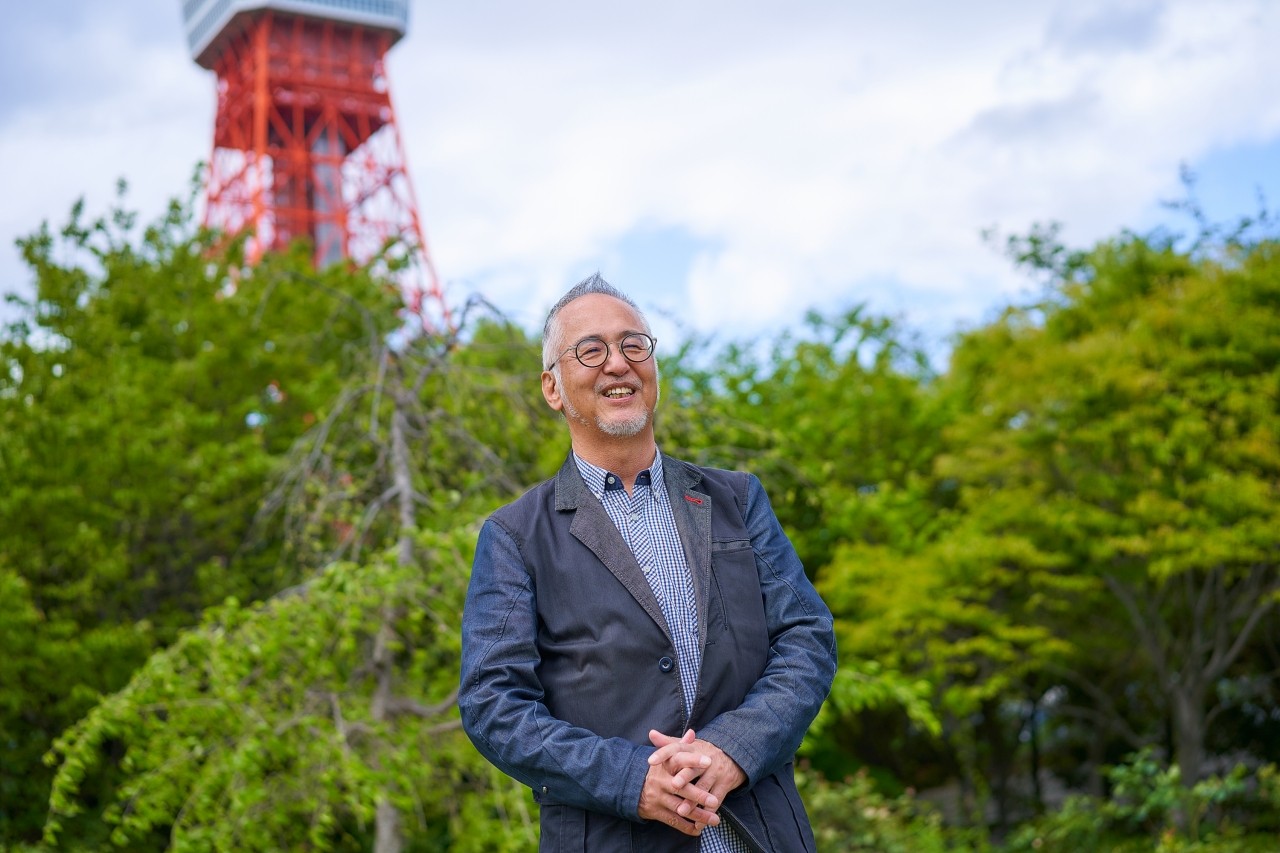
---Nowadays, we have generative AI, but the sense of that is something only humans can do.
Ueno: I want people to become art themselves when they create latte art, and I want them to look cool.
The roasters at CROWD ROASTER are also cool. Korea, Thailand, and Taiwan are all cool. We offer latte art. Because it's art, I want people to become objects of art themselves.
Barista Sawada also opened STREAMER COFFEE in Shibuya, and has now opened sawada coffee in Chicago, and his stoic way of thinking is reflected in everything including the creation of the store. He himself wears a knit cap all the time, and that's part of his style. We also have skateboards inside the store, making it more of a street fashion style.
There are many stylish cafes, but that's not what he wants to do. Even at sawada coffee, all the staff wear caps, and the Sawada baristas wear knit caps, all of which are cool, and this is the Sawada style. I want people to have their own style.
----It's because we're so thorough that our work is accepted all over the world.
Ueno: If you want to make a living doing this, having your own style is also a marketing effort.
As I said earlier, in Italy the drawings are done by fully automatic machines. So I don't think it can be helped to aim for that.
We have our own worldview and offer latte art, a kind of artistic coffee. Once you drink it, it's the same even without a pattern, but when you serve it to a customer, latte art impresses them by saying, ``It looks delicious'' and ``It's beautiful,'' and the person who makes it is an artist.
If I were 30 years old now, I would definitely do latte art for a year. I'm thinking of becoming a master of latte art, honing my skills, winning the Tokyo competition next year, making a name for myself, getting sponsors, and having my own shop. When I say that, people say that kids these days don't have a hungry spirit, but some people do.
I think the best way to do your best is to go to museums and research things called art.
As I've said many times, the cups they serve are latte art, so I hope the baristas are also artists. That's what I want to say.
I would like everyone to create their own signature design and not only improve their technique, but also create their own style.
----Mr. Ueno's passion for latte art and baristas came through.
Thank you for your valuable talk.
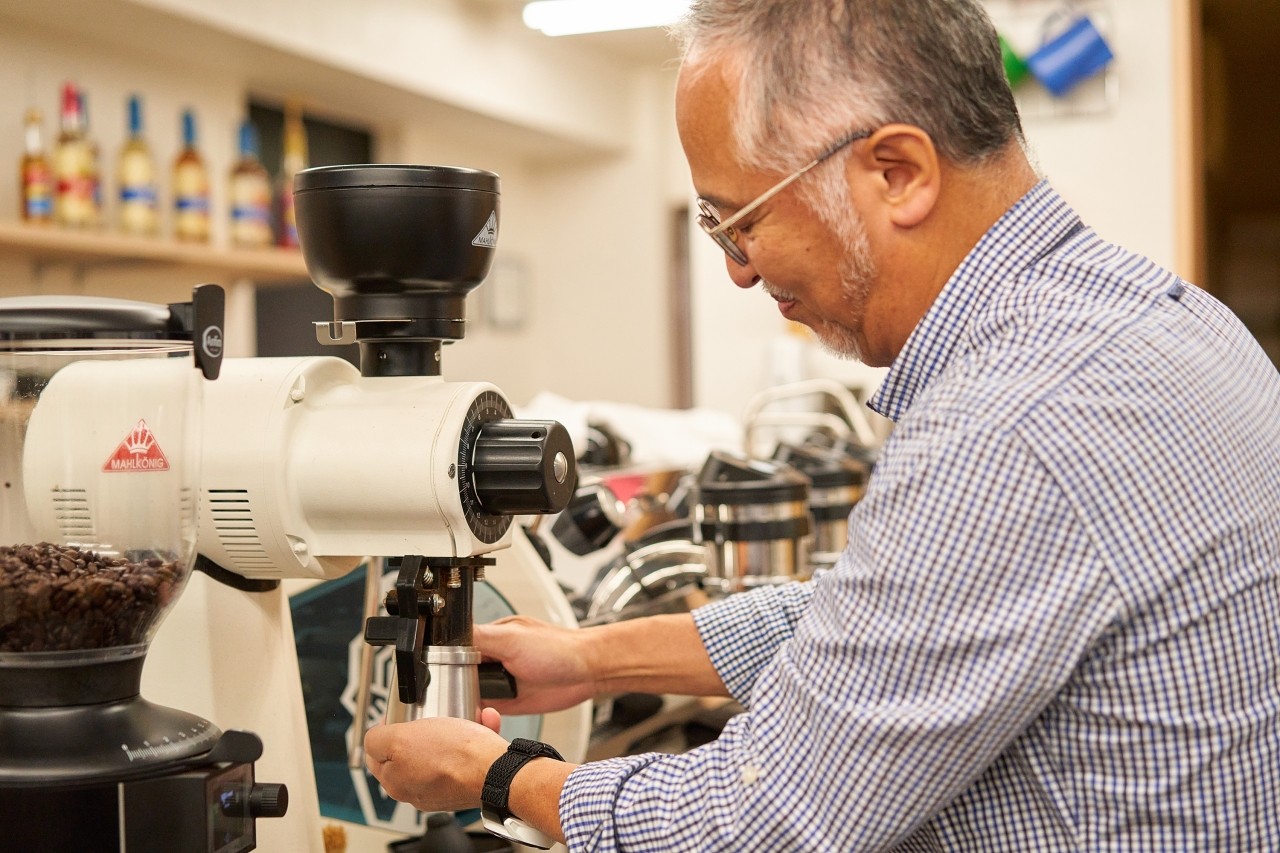
If you want to enjoy coffee more deeply
" CROWD ROASTER APP"
Manabu at CROWD ROASTER LOUNGE
・Push notifications for article updates・Full of original articles exclusive to CROWD ROASTER
・Direct links to detailed information about green beans and roasters
App-only features
- Choose green beans and roasters to create and participate in roasting events・CROWD ROASTER SHOP: Everything from beans to equipment is readily available
・GPS-linked coffee map function
